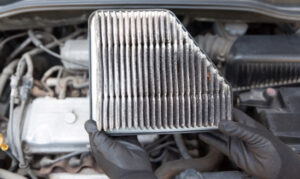Introduction:
Hello and welcome to this blog post about Oxygen Sensor issues. In this post, we will be discussing the causes and fixes for oxygen sensor problems in your vehicle. It is important to address these issues as soon as possible, as they can lead to decreased fuel efficiency and increased emissions.
Causes of Oxygen Sensor Issues:
The most common cause of oxygen sensor issues is simply age. Over time, the sensor can become worn and stop working properly. Additionally, exposure to contaminants such as oil and antifreeze can also cause the sensor to fail.
Symptoms of a Bad Oxygen Sensor:
A bad oxygen sensor can cause a variety of symptoms, including decreased fuel efficiency, increased emissions, and a check engine light. If you notice any of these symptoms, it is important to have your vehicle checked out by a mechanic.
Diagnosis:
Diagnosis of an oxygen sensor issue can be done by a mechanic using a diagnostic tool to check for error codes. They may also use a multimeter to check the voltage output of the sensor.
Fixing the Problem:
The most common fix for an oxygen sensor issue is to simply replace the sensor. This is a relatively simple and inexpensive repair that can be done by a mechanic.
Precautions:
When replacing an oxygen sensor, it is important to use a sensor that is the correct fit for your vehicle. Additionally, it is important to properly torque the sensor in order to prevent leaks.
Conclusion:
In conclusion, oxygen sensor issues can be caused by a variety of factors, including age and exposure to contaminants. If you notice any symptoms of a bad oxygen sensor, it is important to have your vehicle checked out by a mechanic. With proper diagnosis and repair, you can keep your vehicle running efficiently and reduce emissions. Thank you for reading this blog post and please feel free to reach out if you have any questions.










